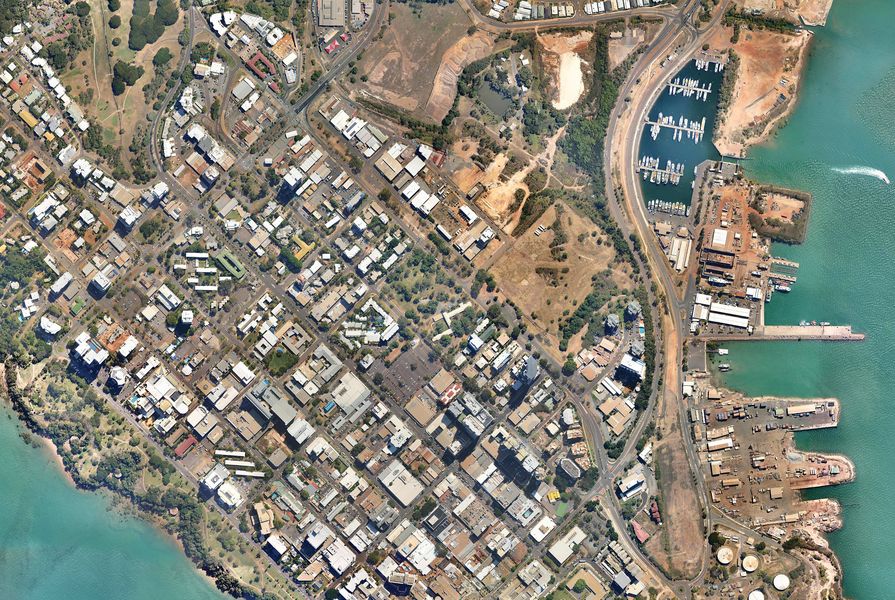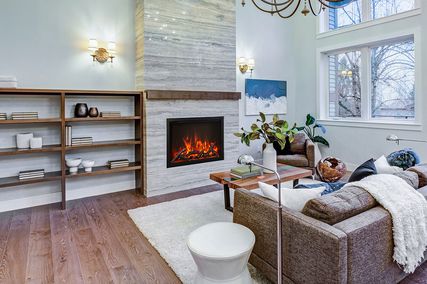The Australian Institute of Architects has welcomed the Australian government’s Smart Cities Plan, released at the Cities Summit in Melbourne on 29 April.
The Smart Cities Plan includes $50 million to accelerate the planning and development of major infrastructure projects, the establishment of an Infrastructure Financing Unit and will invite state and territory governments to partner with the government on “City Deals”.
City Deals aim to drive national priorities tailored to local needs and will see the Australian government work with state, territory, and local governments to develop collective plans for growth and commit to the actions, investments, reforms and governance needed to implement them.
The Institute’s president elect Ken Maher congratulated prime minister Malcolm Turnbull and assistant minister for cities and digital transformation Angus Taylor on the plan for Australian cities.
“The Institute is passionate about improving the quality of our built environment and addressing the urban challenged Australia is facing. Cities have been the orphan of public policy in the past and architects have long advocated that the Federal government focus on Australia’s future towns and cities,” Maher said.
The initiative was warmly received by the profession at the National Architecture Conference in Adelaide on 30 April. In the “Transforming Populations” session of the conference the panel discussed the bold ambition to create 30-minute cities, one of the concepts identified in the Smart Cities Plan.
A 30-minute city is one where, no matter where you live, you can easily access the places you need to visit on a daily basis.
In 1994 Venetian physicist and systems and analyst Cesare Marchetti found that across the globe, if someone’s commute time exceeds 90 minutes they are likely to adjust their transport mode, change jobs or move home to reduce their travel time.
The concept of a 30-minute city incorporates Marchetti’s findings and aims to plan cities where residents can access employment, schools, shopping, services and recreational facilities within 30 minutes of home.
At the conference, strong support was voiced for the creation of a vision for future Australian cities where density is done well, infrastructure planning follows strategic urban planning, and communities are brought together in a way that supports liveability and sustainability.
Maher said that one area that has not been addressed is the critical importance of design in building the cities of tomorrow.
“While the plan includes an examination of housing supply and planning changes, it is essential that architecture and design skills are used early to test possibilities and to produce social and equitable cities. Design quality should be a mandatory requirement for all project funding,” Maher said.
Maher said the Institute will be looking at the Smart Cities Plan closely over the next few weeks to provide further input.
















